+251 99 380 2995 | +251 97 022 2227 | [email protected]
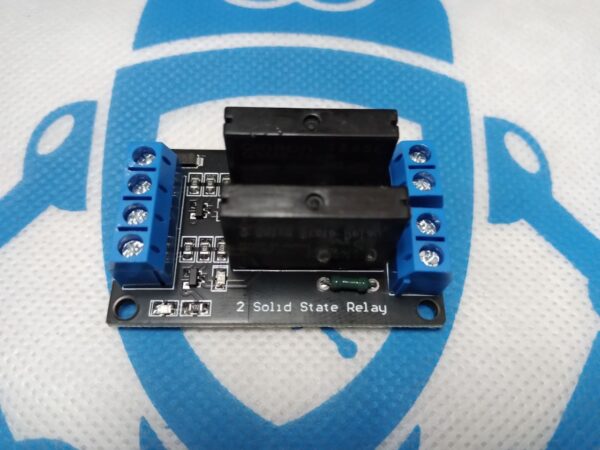
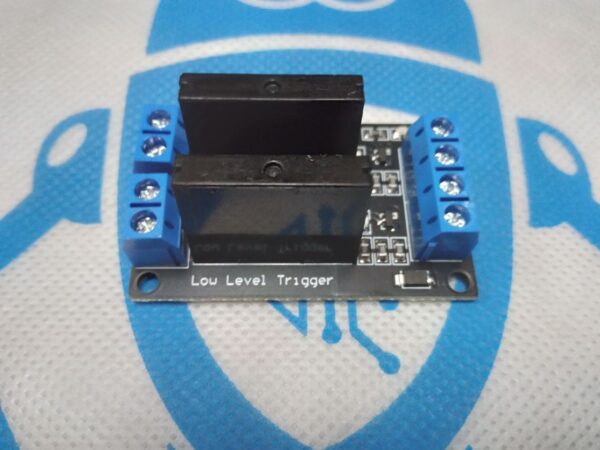
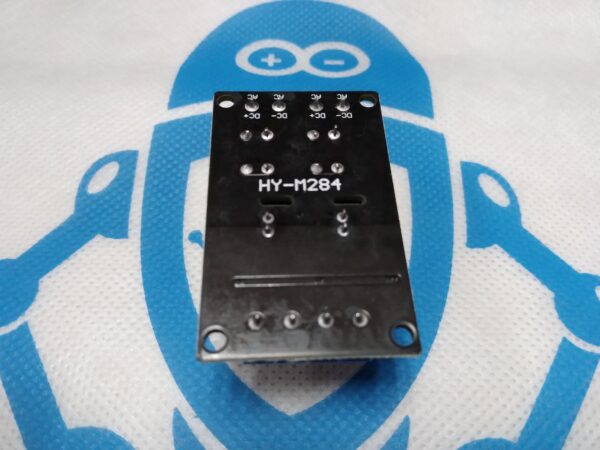
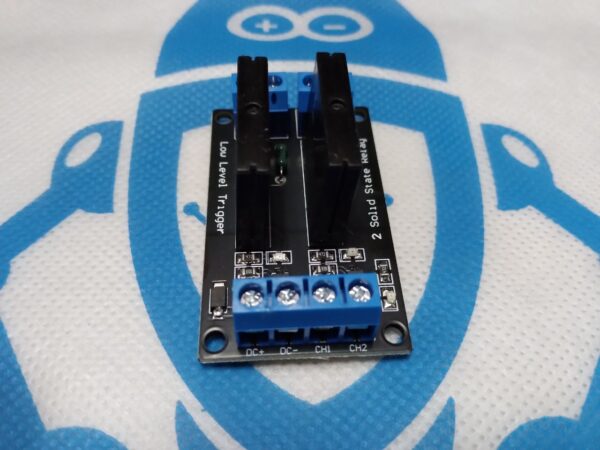
2 Channel Solid State Relay
Br 750.00
- 2 channel 2 AMP Solid State Relay board
- Control 2 loads of up to 2 amps each at 120V or 240V AC.
- Good for lighting, holiday displays etc.
- Input control signal voltage:
- 0-0.5V the state of low-level relay ON
- 0.5-3.3V Unknown State
- 3.3-5V high-level relay OFF
- Operating Voltage: 5V
- Operating Current: 16mA
- Maximum Load: 2A @ 240VAC
- A Solid State Relay is similar to a mechanic relay where it can be controlled through a digital signal. Solid State Relay generates no noise and has a much longer lifespan in compared to the traditional mechanic relay.
- 5V 2 Channel SSR G3MB-202P Solid State Relay Module 240V 2A Output with Resistive Fuse
- A two-channel relay module (HCMODU0115) featuring 2x Omron G3MB-202P solid state relays. This 5V 2 Channel SSR G3MB-202P Solid State Relay Module is capable of switching AC voltages between 100 and 240V at up to a 2A current. The module can be controlled from a 5V digital source such as an Arduino microcontroller.
- A resistive type fuse is provided on the module to help protect excessive current draw.
- This 5V 2 Channel SSR G3MB-202P Solid State Relay Module 240V 2A Output with Resistive Fuse is based on the Omron G3MB SSR relay which can control up to 2A at 240VAC. This is a 2 Channel SSR relay module, each relay channel has 3 separate terminals, NO (Normal Open), COM (Common), NC (Normal Closed).
High level and low level of meaning
- High-level trigger refers to the signal trigger end (IN) had a positive voltage and the negative pole of the power supply is usually between, and the triggering end of a trigger connected with the positive pole of a power supply, when the trigger end has a positive voltage or reached the trigger voltage, the relay is attracted.
- Low-level trigger refers to the signal triggering voltage between the end and the negative electrode of the power supply is OV, or trigger terminal voltage lower voltage than the positive power supply voltage, low to can trigger, make the relay, is usually the cathode of the power supply and the triggering end of a trigger mode connection, so that the relay is attracted.
When the input logic voltage is applied to the coil, the NC will disconnect from the COM breaking the conductivity between the two. At the same time, the NO will connect with the COM allowing conductivity between them. Depending on your wiring this will turn on or off the connected load.
You may also like…
-

4 Channel Relay Module
Br 1,250.00 -

8 Channel Relay Module
Br 2,000.00 -
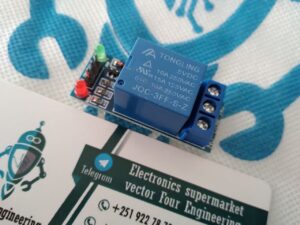
1 Channel Relay Module
Br 450.00 -

2 Channel Relay Module
Br 650.00

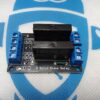
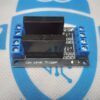
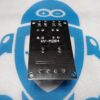
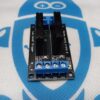

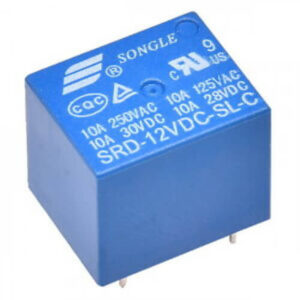
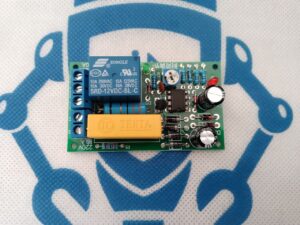

Reviews
There are no reviews yet.